On March 29, 2020, the Vietnam Ministry of Health issued Decision 1444/QD-BYT in 2020, providing temporary guidance on the selection and use of facemasks in COVID-19 prevention and control.
Currently, improper use of medical facefacemasks in Vietnam can lead to unnecessary waste, shortages for healthcare facilities, and form a false sense of security, potentially leading to the neglect of other essential measures such as hand washing with soap or 60% alcohol-based hand sanitizers. Furthermore, improper facefacemask usage can affect efficacy in preventing transmission risk.
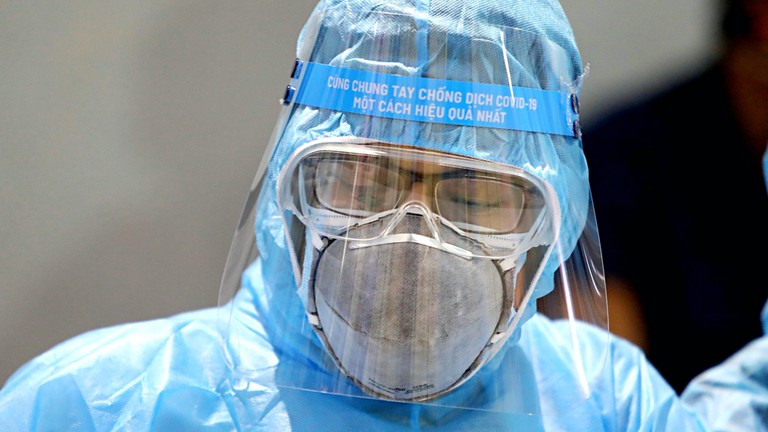
Guidelines for selecting facemasks used in COVID-19 prevention and control in Vietnam (Illustration)
Decision 1444/QD-BYT provides guidelines on facemask selection at inpatient treatment facilities for Covid-19 patients, clinics, in the community, entry areas, quarantine zones, and fast-response teams for the following users, activities, and types of facemasks as detailed below:
|
Places subject to use |
User |
Activities subject to use |
Type of facemask |
|
Inpatient treatment facilities in Vietnam |
|||
|
Patient Room |
Healthcare workers |
Direct care for patients. |
N95 facemasks or equivalent |
|
Aerosol creation procedures are performed on the patient. |
N95 facemasks or equivalent |
||
|
Cleaning staff |
Entering the patient's room |
N95 facemasks or equivalent |
|
|
Other areas the patient passes through (e.g., rooms, corridors). |
All employees, including medical staff. |
Any activity that does not involve contact with the patient. |
870 facemasks |
|
Patient Classification Area |
Healthcare workers |
Non-direct contact preliminary screening |
Medical facemasks |
|
Patients with respiratory symptoms |
Any |
Medical facemasks |
|
|
Patients with no respiratory symptoms |
Any |
870 facemasks |
|
|
Laboratory |
Laboratory Technician |
Working with Respiratory Fluid Samples |
N95 Face facemask |
|
Administrative area |
All employees, including medical staff. |
Administrative tasks that do not involve contact with patients |
870 facemasks |
|
Medical Clinics and Departments |
|||
|
Medical examination and consultation clinic |
Healthcare workers |
Physical examination of the patient without respiratory symptoms. |
Medical facemasks |
|
The patient has respiratory symptoms. |
All Activities |
Medical facemasks |
|
|
The patient has no respiratory symptoms. |
All Activities |
870 facemasks |
|
|
Cleaning staff |
After and between consultations with patients with respiratory symptoms. |
Medical facemasks |
|
|
Waiting Room |
The patient has respiratory symptoms. |
All Activities |
Medical facemasks |
|
The patient has no respiratory symptoms. |
All Activities |
870 facemasks |
|
|
Administrative Region |
All employees, including medical staff. |
Administrative work without direct contact with patients with respiratory symptoms |
870 facemasks |
|
Patient Classification |
Healthcare workers |
Non-direct contact preliminary screening With direct contact |
870 facemasks Medical facemasks |
|
The patient has respiratory symptoms. |
All Activities |
Medical facemasks |
|
|
The patient has no respiratory symptoms. |
All Activities |
870 facemasks |
|
|
Community |
|||
|
Housing with Respiratory Patients |
The patient has respiratory symptoms. |
All Activities |
Medical facemasks |
|
Caregivers |
Entering the patient's room, but not providing direct care or support. |
Medical facemasks |
|
|
Caregivers |
Direct care or when handling instruments, urine, or waste from patients who are being cared for at home. |
Medical facemasks |
|
|
Healthcare workers |
Providing direct care or support to patients at home |
Medical facemasks |
|
|
Housing without respiratory patients |
Individuals without respiratory symptoms |
All Activities |
Do not use a facemask |
|
Public areas (e.g., schools, shopping malls, train stations). |
Individuals without respiratory symptoms |
All Activities |
870 Face facemask or Regular Cloth Face facemask |
|
Entry area |
|||
|
Administrative area |
All Employees |
All Activities |
870 facemasks |
|
Screening area |
Employee |
First screening (temperature measurement) without direct contact |
870 facemasks |
|
Employee |
Second screening staff (i.e. interview passengers with fever because of clinical symptoms, illness and travel history). |
Medical facemasks |
|
|
Cleaning staff |
Clean the area where the passenger with the fever is being screened. |
Medical facemasks |
|
|
Suspected Infected Person |
All Activities |
870 facemasks |
|
|
Temporary Quarantine Area |
Employee |
Enter the quarantine area, but do not provide direct support |
Medical facemasks |
|
Staff, Medical Staff |
Assist passengers in being transported to a healthcare facility. |
Medical facemasks |
|
|
Cleaning staff |
Cleaning the quarantine area |
Medical facemasks |
|
|
Suspected Infected Person |
All Activities |
870 facemasks |
|
|
Ambulance or transfer vehicle |
Healthcare workers |
Transport of suspected infected people to healthcare facilities |
Medical facemasks |
|
Drivers |
Only engage in driving for patients with suspected illness and the driver's compartment is separated from the patient. |
870 facemasks |
|
|
Assistance in bringing up or down suspected patients |
Medical facemasks |
||
|
There is no direct contact with the suspected patient, but there is no separation between the driver's compartment and the patient compartment. |
Medical facemasks |
||
|
Suspected or suspected of having the disease |
Transportation to a healthcare facility |
Medical facemasks |
|
|
Cleaning staff |
Cleaning after and between shipping Suspected or suspected disease people go to health care facilities. |
Medical facemasks |
|
|
Concentrated quarantine area |
|||
|
Guard Station |
Police, army, militia and self-defense forces, health |
Outer Ring Operation |
870 facemasks |
|
Transportation disinfection points |
Medical personnel, armed forces |
Disinfection of transport vehicles |
Medical facemasks |
|
Reception area for quarantined subjects |
Healthcare workers |
Initial medical examination, classification of quarantined people upon admission |
Medical facemasks |
|
Accommodation for quarantined people |
Quarantined persons |
All Activities |
Medical facemasks |
|
Isolation Room |
Healthcare workers |
Monitoring the health of people with suspected symptoms |
Medical facemasks |
|
Rapid Response Team |
|||
|
Anywhere |
Members of the Quick Response Team |
Interview patients with suspected or confirmed cases or their contacts |
Medical facemasks |
|
Directly interview patients with suspected or confirmed cases without direct contact. |
Medical facemasks |
||
|
Face-to-face interviews with asymptomatic contacts of patients |
Medical facemasks |
||
|
Direct contact with Covid-19 patients |
N95 Face facemask |
||
Details can be found in Decision 1444/QD-BYT effective from March 29, 2020.
Le Hai
 Article table of contents
Article table of contents
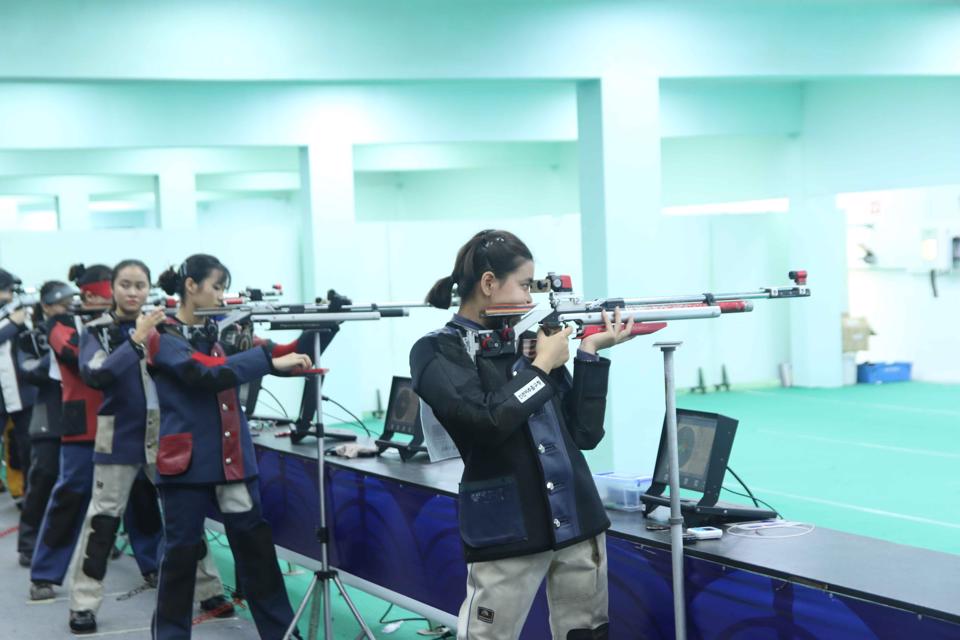
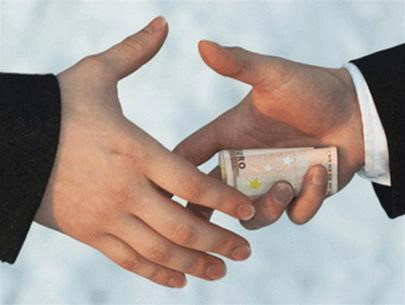
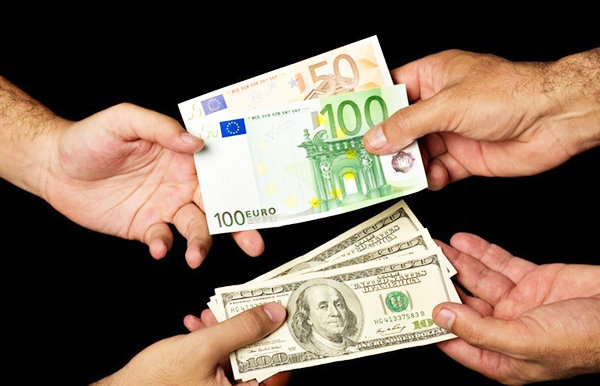
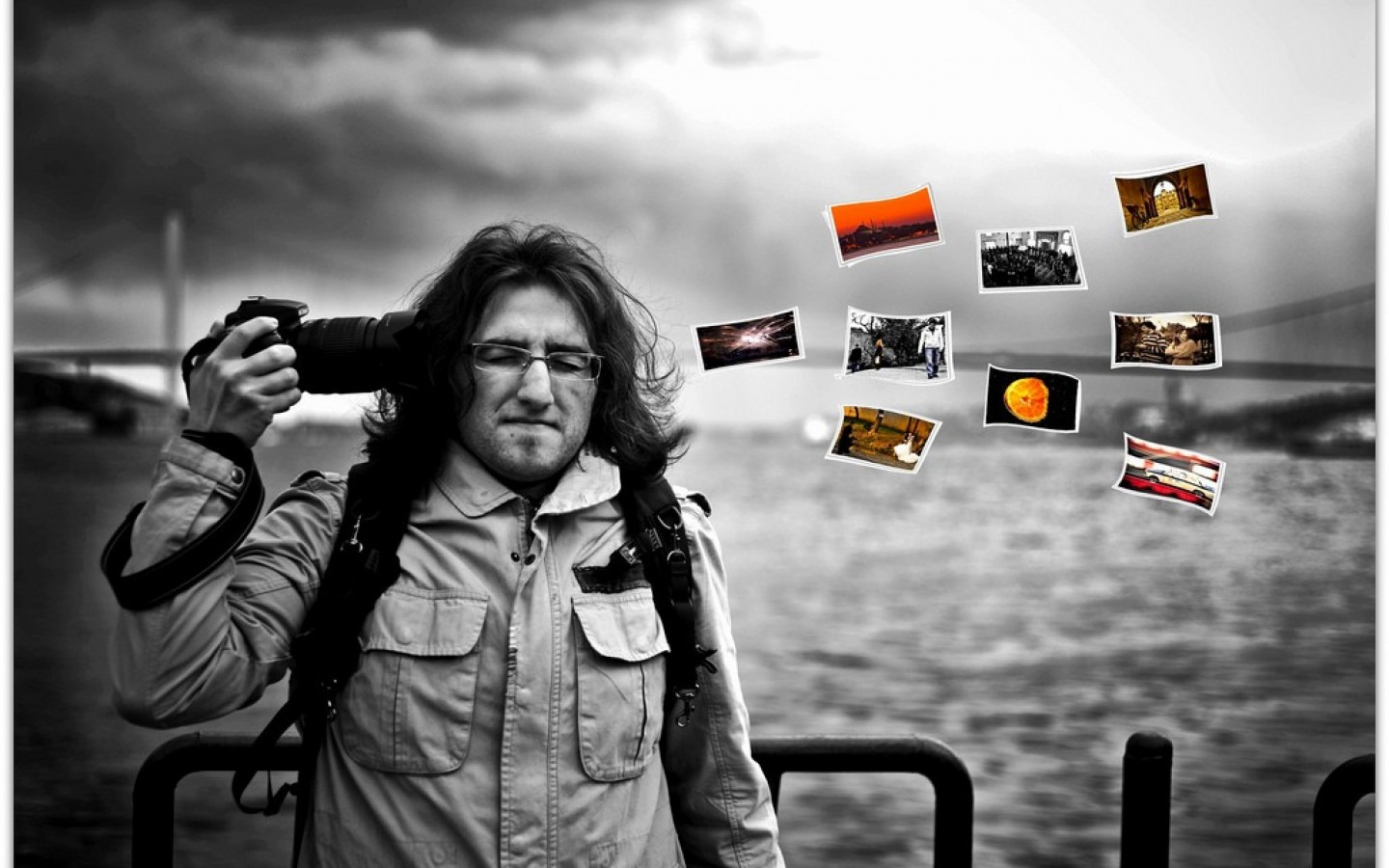






.Medium.png)
.Medium.png)
.Medium.png)
.Medium.png)
